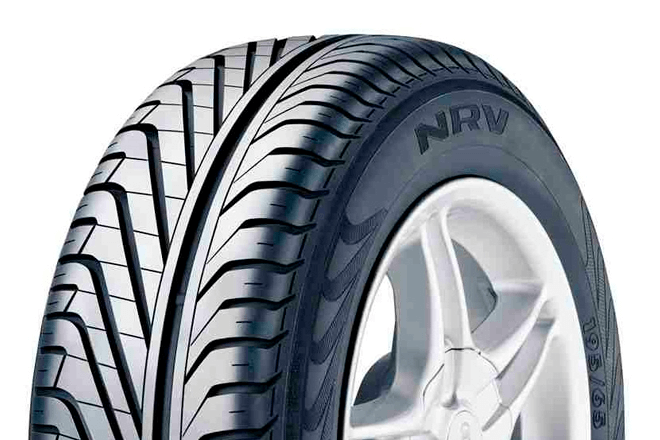In this article, we are going to talk about peculiarities of the tread pattern of passenger tires.
When you choose your new set of tires, the first thing that meets the eye is the tread pattern. If we always drove on perfect surfaces without the task of evacuating water from the contact area, as well as tackling mud and snow, the tread pattern would be redundant. However, due to the fact that the tire is meant to tackle a wide variety of conditions, its tread pattern does make a difference.
There are three main types of tread pattern out there:
- Directional
- Symmetric
- Asymmetric
The asymmetric tread pattern is the youngest and the most technically complex one. It is widely used in the summer tires. Having a different aspect ratio of outer and inner sidewalls, this tire offers better handling capabilities, dispelling water from the contact patch more effectively.
The tire’s handling performance is ensured by the outside section of the tread. This part is marked by the «Outside» sign. The sipes and drainage grooves give way to a larger amount of rubber compound here, making the contact patch bigger and improving the tire’s handling performance.
The water evacuation, on the other hand, is ensured by the inner section of the tire marked «Inside». Over here, it’s the other way around. The tread pattern has grooves all over the place because this part is not responsible for cornering stability.

What 100% of people who buy asymmetric tires are mixed up about

People get mixed up not so much when buying such tires as when fitting them. Virtually all of the motorists who have bought tires with such tread pattern tend to think that either the tires are fitted incorrectly or they were sold «only left» or «only right» tires.
The thing is that the tread blocks in such tires are positioned in different ways. As a consequence, the water evacuation will take place in different ways.
And there is no mistake here. The thing is that the tire tackles most of the water from the contact patch driving over a water film.
If the car hits a puddle at a high speed, the amount of water, which is dispelled to the sides, is, of course, larger than what the tire tackles with its tread pattern, but this difference is all but negligible, and does not affect the tire’s performance at all.
The first asymmetric tires

Although few people will remember this now, the first asymmetric tires were indeed «left» and «right».
A vivid example of that are the NRV NOKIAN tires, or, to be more precise, NRV–Left and NRV-Right. At the same time, there were always plenty of left tires left in the warehouses, with a chronic shortage of the right-hand ones. So they started selling them in pairs. If you had a flat on your left tire that could not be fixed, you were in for buying the right-hand tire as well. Times were real tough back then, bros.








